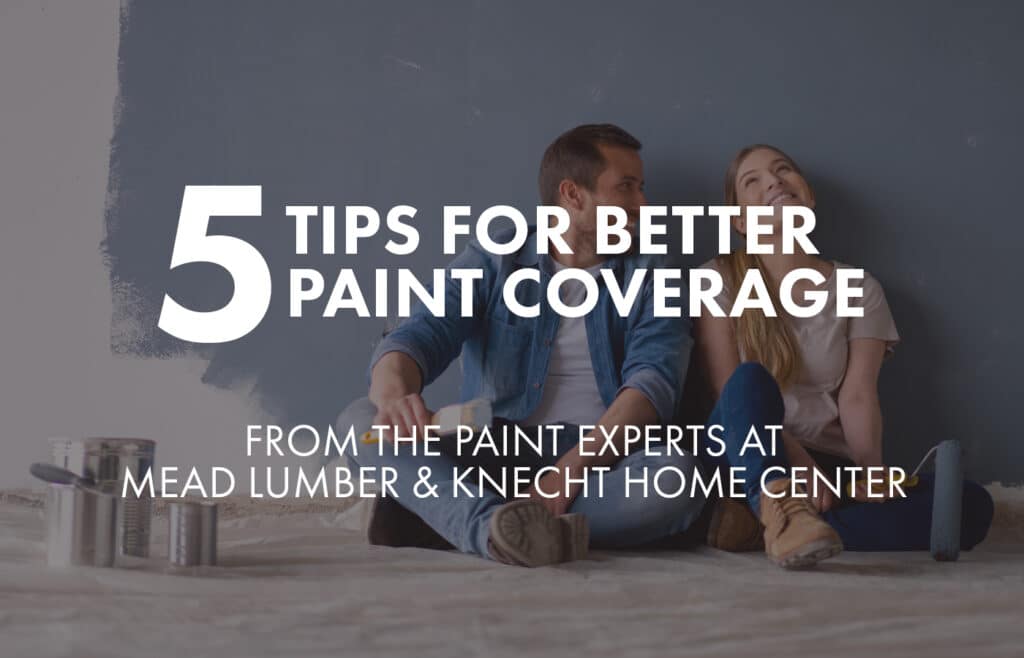
When you’re a new homeowner, it’s easy to get overwhelmed with making home improvement decisions.
When it comes to painting, picking the right sheen and perfect color are only the first steps in the process. The next step is actually applying that paint and make it look clean and complementary to your décor. Below are pro tips from our paint experts on how to get solid coverage with your paint:
Investing in high-quality painting tools can make a noticeable difference in the quality of your work and the overall satisfaction with the final result. While they might come with a slightly higher upfront cost, the improved performance, efficiency, and aesthetics they provide can be well worth it in the long run.
1. Don’t let your roller or brush run dry, not even a little bit.
When paint dries on the bristles of a paintbrush, it hardens and can become difficult to remove. This can lead to the bristles becoming stiff, frayed, and damaged over time. Hardened paint can also make the brush less effective in picking up and distributing paint evenly. Additionally, dried paint can alter the shape and flexibility of the bristles, affecting the brush’s ability to hold and apply paint properly. This can result in uneven application, streaks, and an overall less satisfactory painting experience.2. Always lay at least two coats of paint, and even sometimes three.
A single coat may look fine when it’s wet, but once it’s dry, it’ll be easy to see thin or spotty areas. A single coat of paint might not provide complete coverage, especially if you’re painting over a different color or a porous surface. Applying a second coat ensures that the underlying surface is adequately covered and helps achieve a more even and uniform finish. Increased durability comes with multiple coats of paint can provide better protection against wear and tear. It can also protect against environmental factors like sunlight, moisture, and temperature changes. This is particularly important for surfaces that experience a lot of use or are exposed to the elements.3. If you spray on your paint, go over it with a roller.
It’s called back-rolling. Spraying paint can sometimes result in a slightly textured or “orange peel” finish due to the way the paint particles settle on the surface. Rolling over the sprayed paint helps to flatten out and smooth the texture, resulting in a more desirable and consistent finish. Rolling after spraying also helps ensure the paint is spread evenly and provides complete coverage. This is especially important for achieving a consistent color and appearance, as spraying alone might result in variations in color intensity and coverage.4. Quality in materials does make a difference, especially for inexperienced painters.
That means materials like brushes, rollers, primer, and tape. Quality brushes and rollers provide a smoother and more even application of paint. They help minimize brush strokes, roller marks, and other imperfections, resulting in a more professional-looking finish. Well-made brushes and rollers are less likely to shed bristles or produce splatters, reducing the chances of uneven or messy application. Quality materials contribute to a consistent texture and finish across the entire surface. Lower quality tools can lead to variations in texture, gloss, and color, making the final product appear uneven or patchy.Investing in high-quality painting tools can make a noticeable difference in the quality of your work and the overall satisfaction with the final result. While they might come with a slightly higher upfront cost, the improved performance, efficiency, and aesthetics they provide can be well worth it in the long run.
5. When painting a textured wall, a longer nap roller will cover much better.
Textured walls have uneven surfaces with crevices and raised areas. A longer nap roller, which has longer and thicker fibers, can penetrate these irregularities more effectively, ensuring that paint reaches into all the crevices and covers the raised portions of the texture. When painting a textured wall, it’s essential to choose the right nap length based on the texture’s depth and roughness. Generally, a nap length of 3/8″ to 3/4″ is suitable for medium to heavy textures. However, it’s always a good idea to test the roller on a small section of the wall first to ensure that you’re achieving the desired coverage and finish.Ready for the next step?
Click here to learn more about the quality brands of interior and exterior paint found at many Mead Lumber Company locations. If you’re ready to start on your next home paint project, contact your local Mead Lumber or Knecht Home Center. From Design to Finish™, we’re here to help!
Previous
Next

